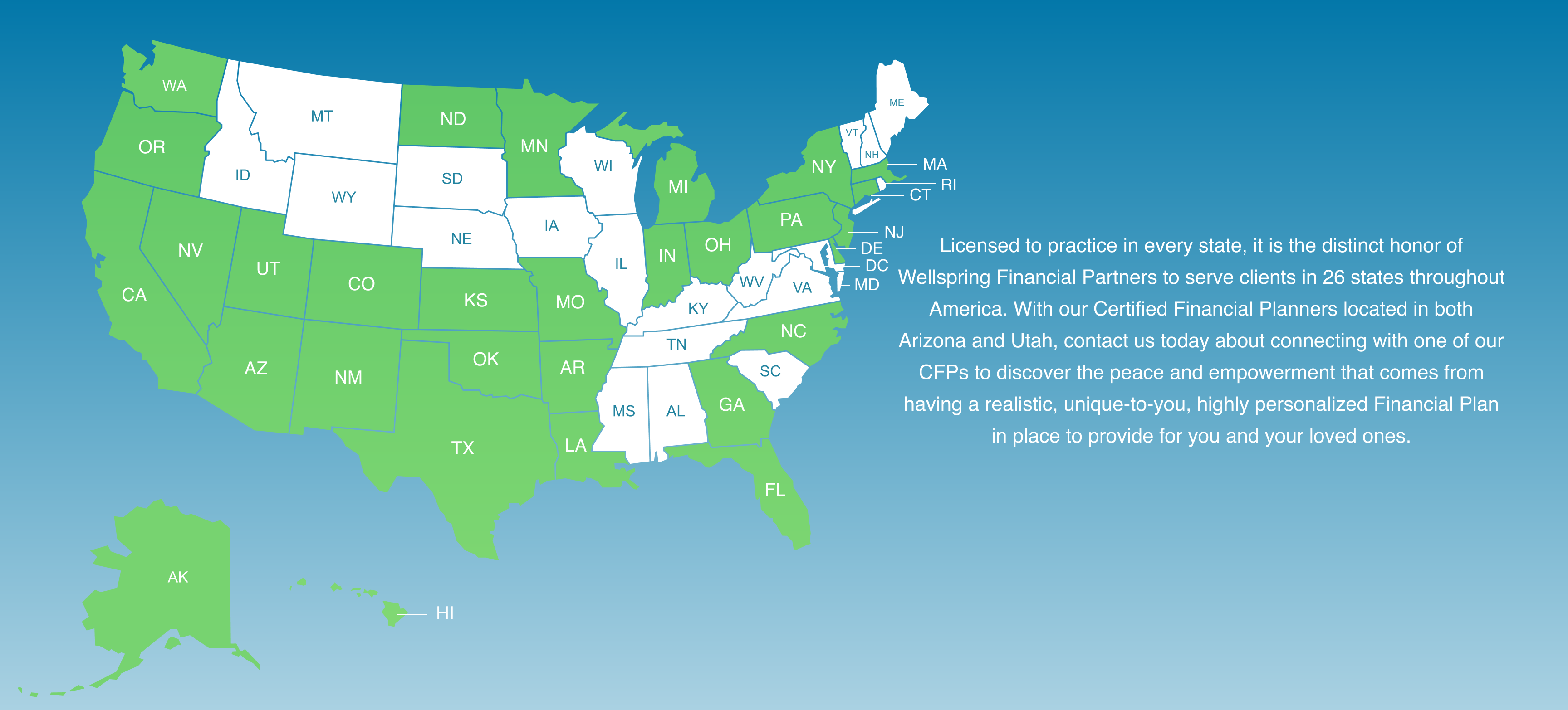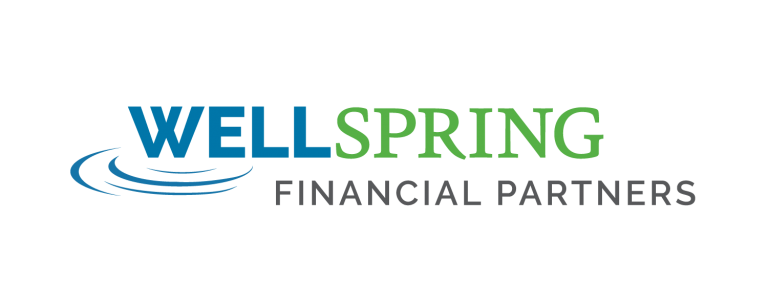The statement “health is wealth” has been argued by some to go back to Hippocrates (460 BCE to 370 BCE), who arguably was the first great medical researcher and ethicist. It is more likely, however, to have been derived over the past 300 years as our definitions of wealth have expanded and our average lifetimes have extended. This letter addresses that profound evolution and it’s practical implications to how we manage your portfolio today.
In the annals of time, it is only yesterday where no broad social programs existed and an individual was thus responsible for the three things we all minimally need;
- A roof over our heads
- Food on our plate
- Clothes on our back
Only 50-100 years ago we were an agrarian society and the primary tool to accomplishing the three needs was our physical health. If you could not work, generally meaning manual labor, you wouldn’t be hired, and without employment no income for the family would exist. Thus, the old terms we still utter reflect that direct dependence on good physical health (“the responsibility is on his back”, “the job was back-breaking work”, etc.). When your physical abilities were exhausted, you were solely dependent on other family members to provide the three necessities.
Even when the first social programs were introduced, they were created to reflect the inability of an individual to provide hard labor late in life. Social Security was created in 1934 but nowhere in the Congressional legislation was it ever called Social Security but rather the OASDI program (Old Age, Survivors, and Disability Income – a name it still retains in the legal books). In a little known fact, the average American worker was not even expected to use Social Security: When first introduced the average male lifespan was 62 years and originally you could not claim Social Security until you turned 65. Also, in 1934 there was no such thing as diversified mutual funds (1940), Individual Retirement Arrangements (note; ‘arrangements’ not ‘accounts’, as they were considered private pensions) and ERISA 401k plans (both circa 1974).
It was after World War II that a confluence of events prompted the changing definition of wealth. We moved beyond an agrarian economy to industrial, post-industrial and technology driven economies where the intellect was as important as the back. We also started to live longer and instead of living 3 years in retirement, we are projected to live 30. Pensions also started to disappear, which directly spurred the 401k industry (and for employees who did not HAVE a company savings arrangement, their own Individual Retirement Arrangement). Lastly, the pursuit of leisure versus mere survival grew dramatically in importance. Social Security might allow you to survive but you needed some other financial resources to take vacations, nice trips, and spoil the grandkids. It is these migrations that spawned retail investments and the wealth management industry, though we morally have failed to adequately educate investors on good investment practices and the pitfalls of high fees and bad investments.
Thus we arrive at ‘today’, and Wellspring’s practices related to managing your portfolio. We employ the ‘best practices’ of portfolio management because we do not want the security of your financial life, the health of your financial wealth, to be ‘at risk’. Your portfolio certainly has risk in it (risk = return) but we do not engage in risk that is not adequately compensated for you. Further, we always blend into our decisions what the money will be used for so we best devise tax strategies and investment structures that are implemented to literally give you the highest probability of success. And lastly, we take the time to educate you on the financial aspects most important to your situation rather than have you rely on blind trust in us. Those efforts, and the underlying industry-acclaimed investments utilized (see article) are what allow us to accept the responsibility of being fiduciaries, people who by law must act solely in your best interests.
Or as another old adage best expresses it; ‘We’ve got your back’.

















